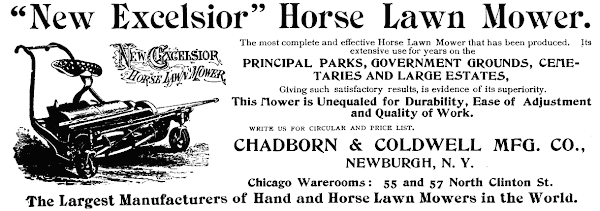I'm fairly happy with the text, and it's being shared with friends this weekend. In a week or so, I will start pitching it to a couple of print publishers, getting in before Christmas. A social history involves looking mainly at why people did things, but adding something of how they did it.
Why is this necessary? Because the fun bits are the background gossip, like my story of how Darwin was inspired by a false belief and the way Becquerel found radioactivity because the weather was bad. Again, most of us have no idea what Heinrich Hertz was up to when he discovered radio waves, or what Balmer was doing when he explained the lines that show up in the spectrum.
I mentioned Balmer six years back, when I wrote about the fraudulent work of Dulong and Petit, but I never dealt with it here, so here's a taster for you.
Balmer’s lines
Do you remember the spectroscope/spectrograph in chapter 1?
By the mid-1880s, spectroscopy had come a long way. The lines in the absorption
spectrum had been pinned down, one by one, so the exact wavelengths of the
hydrogen lines could be identified. That left a major puzzle: why did the lines
appear where they did in the spectrum?
Johann Balmer set
out to make sense of a jumble of numbers. In this, he was like Bode, or Dulong
and Petit with their mathematical rule tying specific heats and atomic weights
together, or even Maria Goeppert Mayer (next), who found certain ‘magic numbers’
of neutrons and protons that were associated with very stable nuclei.
In the real world,
laws do not leap out at you. They usually start when somebody goes
data-snooping. That means making lists of measurements, and poring over them to
see if there is any pattern to offer a hint about a rule lying beneath the
measurements.
Balmer found a
relationship linking four of the hydrogen lines in the visible spectrum. He
decided there should be another hydrogen line, right on the edge of the
ultraviolet, a line of which he had no knowledge. He checked, and the line was
there, as predicted, so Balmer’s rather odd little equation was confirmed.
Score one point to data-snooping.
Balmer had some
trouble reconciling the values reported by different observers. With hindsight,
probably the observers were looking at stars with differing degrees of red
shift? As we will see later, the red shift was important, once people detected
it and chased it down. To find his formula, Balmer found a common factor,
deduced from Anders Ångström’s measurements on the first four hydrogen lines,
which gave him a value, b = 3645.6x10-7mm. Here, in translation, is
his explanation of how b fits in:
The wavelengths of the first four hydrogen lines are obtained by multiplying the fundamental number b = 3645.6 in succession by the coefficients 9/5; 4/3; 25/21 and 9/8. At first sight, these coefficients do not form a regular series; but if we multiply the numerical values in the second and the fourth numbers by 4, we see a consistent regularity appearing [the series becomes 9/5, 16/12, 25/21, 36/32] and the coefficients have for numerators the numbers 32, 42, 52 and 62 and for denominators a number that is less by 4 [than the numerator].
For several reasons it seems to me probable that the four coefficients which have just been given belong to two series, so that the second series includes again the terms of the first series; and so I am able to present the formula for the coefficients in the more general form m2/(m2-n2), in which m and n are whole numbers.
That is to say, the wavelengths of the hydrogen lines are
given by l=b(m2/(m2-n2)).
Now back to Balmer:
For n=1 we obtain the series 4/3, 9/8, 16/15, 25/24 etc., for n=2 the series 9/5, 16/12, 25/21, 36/32, 49/45, 64/60, 81/77, 100/96 etc. In this second series the second term is already in the first series but in a reduced form.
Balmer compared the first four hydrogen lines as measured by
Ångström with calculated values. In Ångström units (10–10 metres),
the values for the lines are:
Alpha line: Balmer: 6562.08, Ångström: 6562.10, difference: +0.02
Beta line: Balmer: 4860.8, Ångström: 4860.74, difference: -0.06
Gamma line: Balmer: 4340, Ångström: 4340.1, difference: +0.1
Delta line: Balmer: 4101.3, Ångström: 4101.2, difference: -0.1
Clearly, the model is a very close fit to reality, but
Balmer went looking for his fifth hydrogen line: this was the acid test. He
calculated that it would be at 49/45x3645.6 = 3969.65 Ångström units.
I knew nothing of such a fifth line, which must lie within the visible part of the spectrum...and I was compelled to assume that the temperature relations were not favourable to the development of this line or that the formula was not generally applicable.
On reference to Professor Hagenbach he informed me that many more hydrogen lines are known which have been measured by Vogel and by Huggins...[and] he was kind enough to make a comparison of the wave lengths thus determined...
There was something going on here. This sort of close fit
has to have a reason behind it, but for the time being, all people could do was
look out for a cause.
In time, they
would find it, and so did Maria Goeppert-Mayer, but while that's what comes next in the book.



